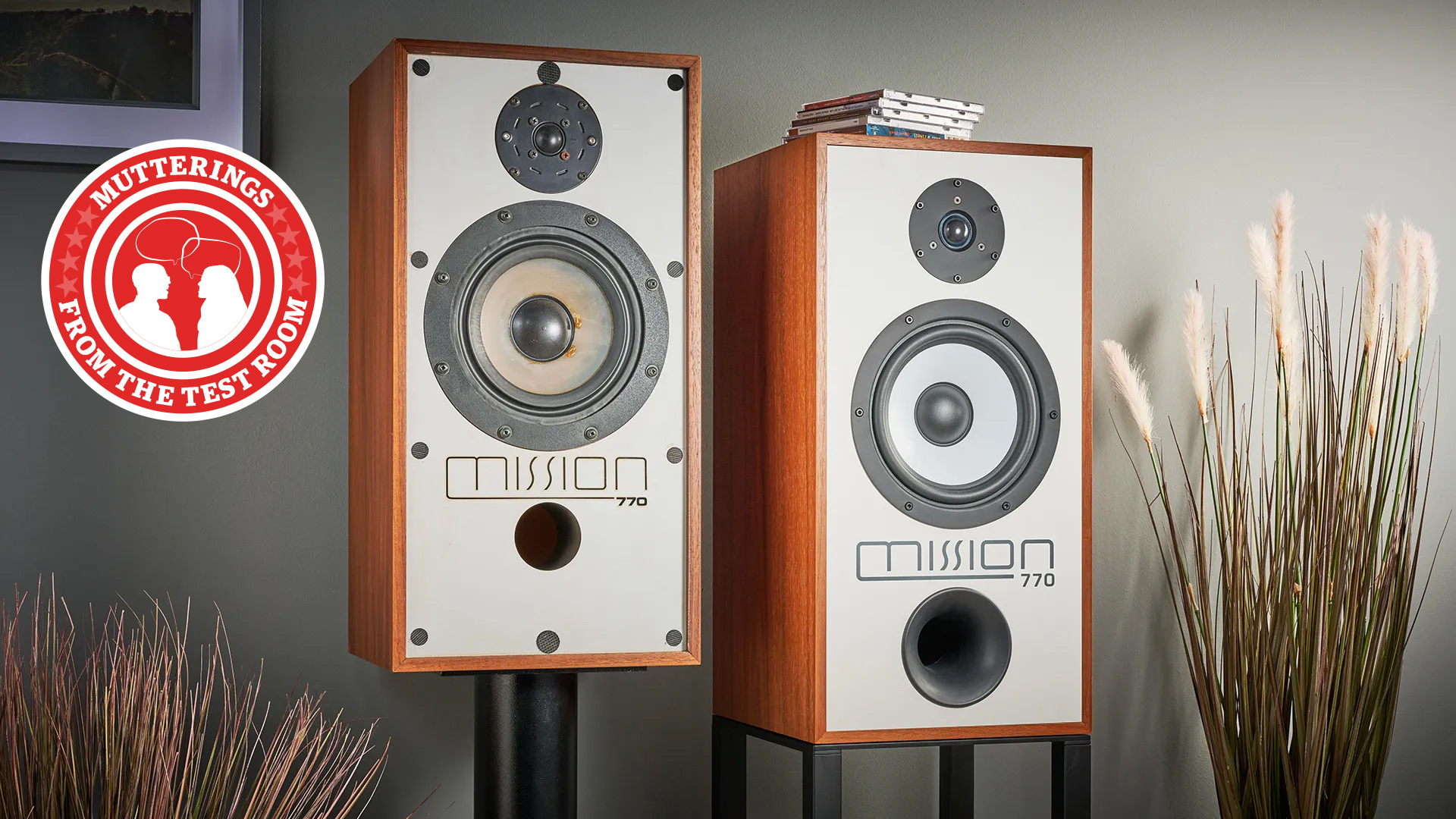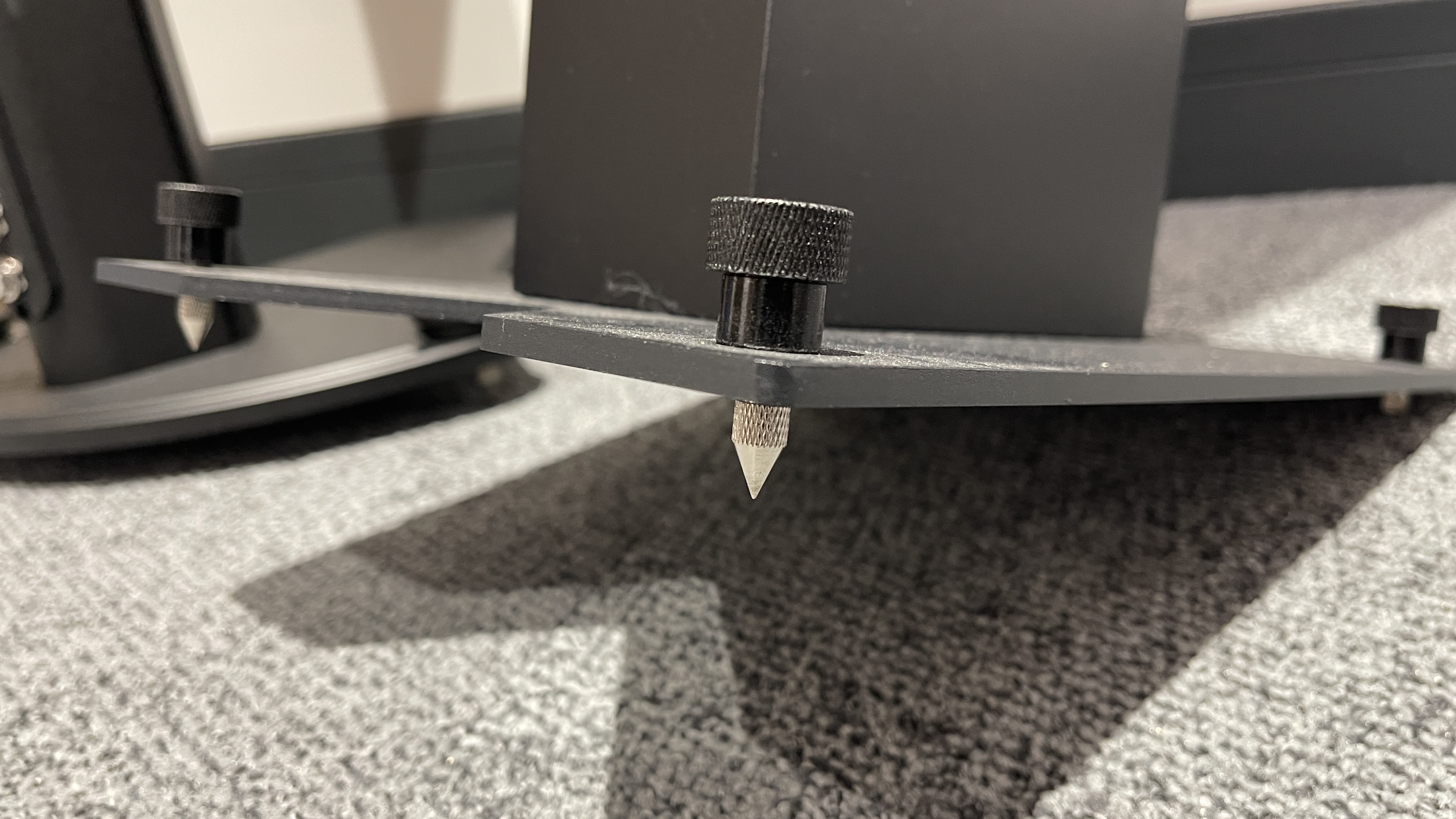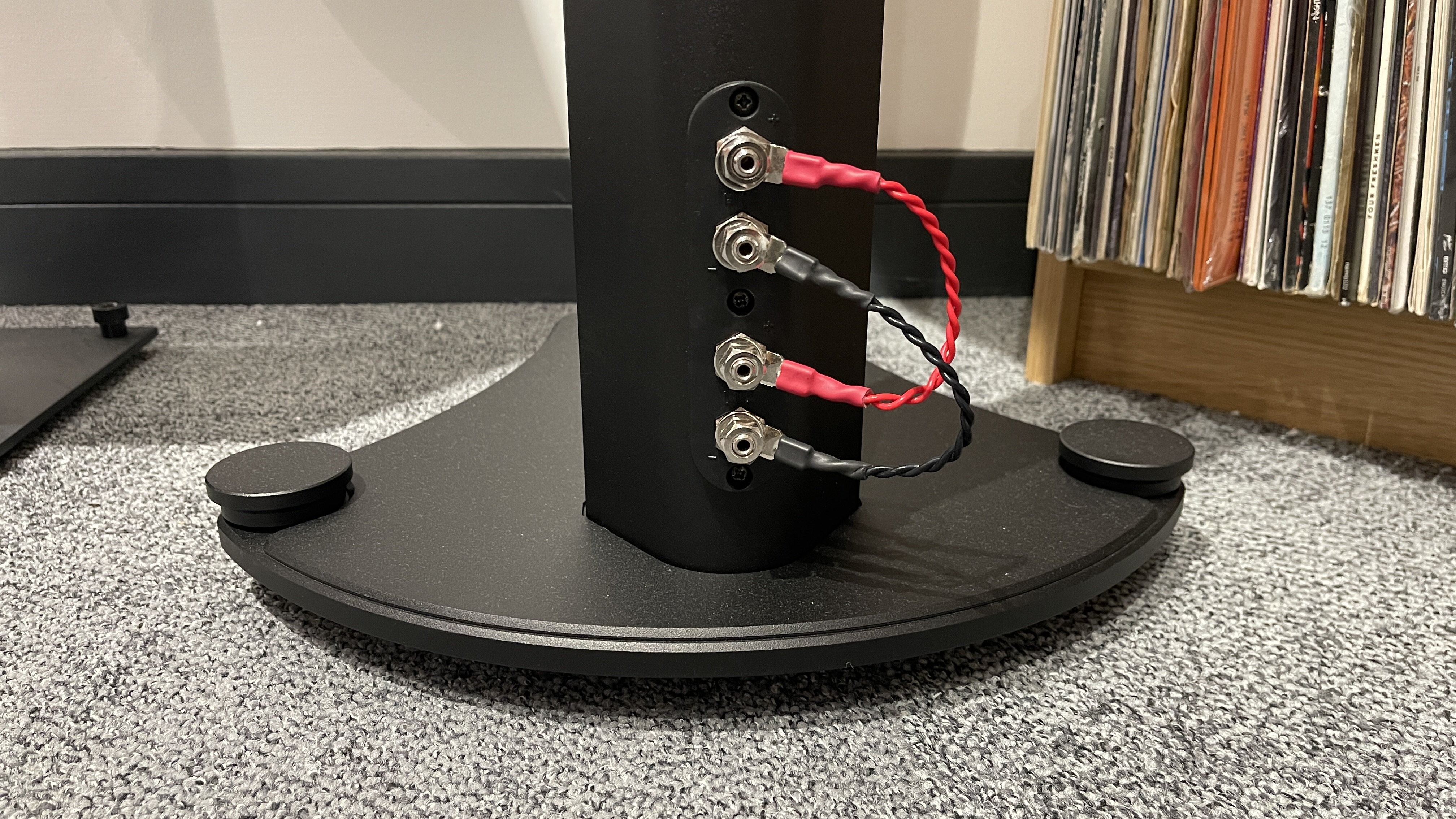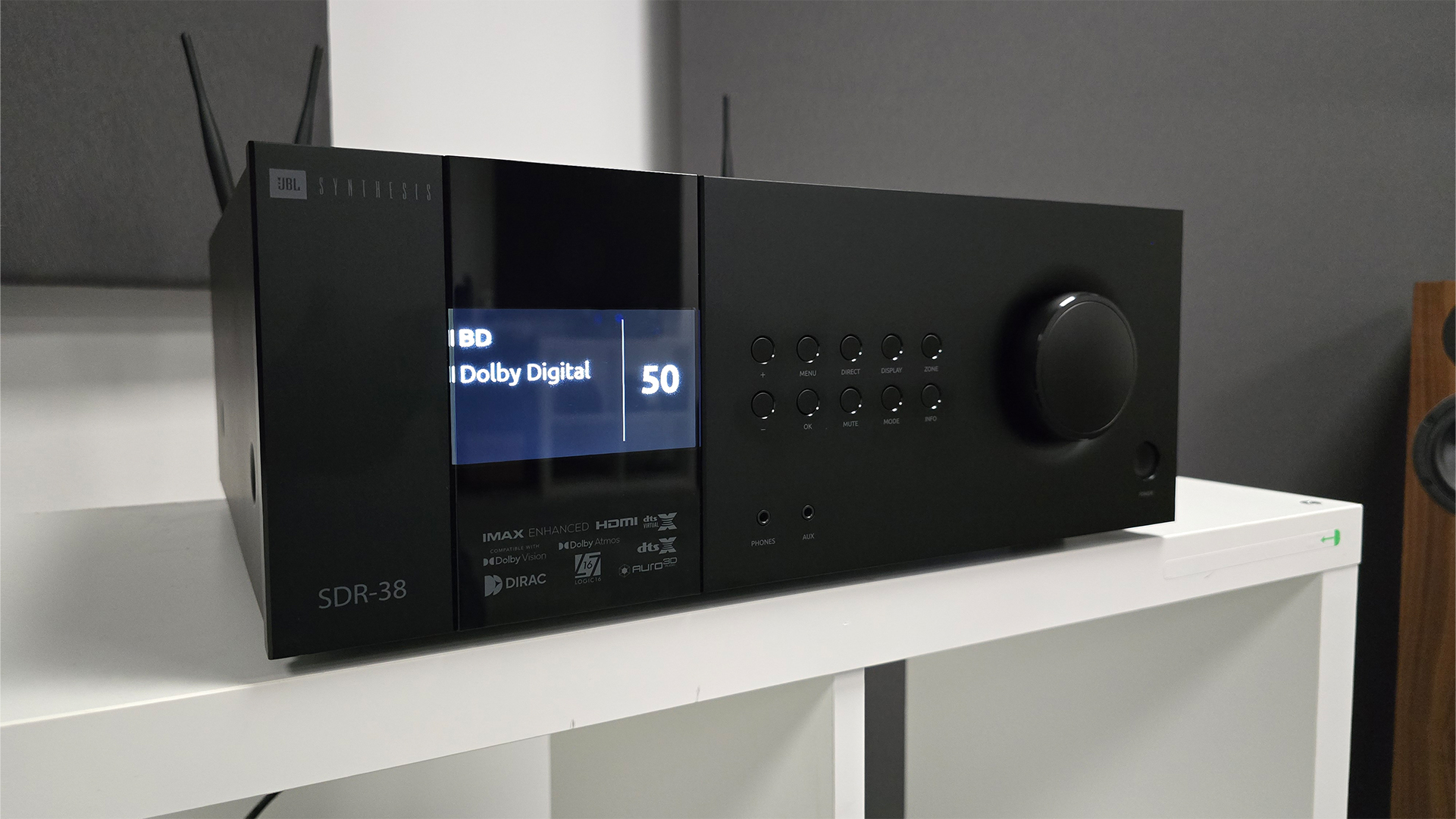7 simple ways to MOT your speakers for free (or very little)
Getting better sound doesn't have to cost more money – just a little TLC

Speakers tend to be something of a fit-and-forget item. Once you get them home and go through the rigmarole of the initial speaker set-up, they tend to be left just to get on with their job. And to a large extent that is fine. Provided they aren’t damaged or treated unfairly by being pushed too hard, most speakers will go on performing for years and decades to come without issue.
However, that doesn’t mean that a little love and attention wouldn’t go amiss. If you have had your speakers for a while, there is a fair chance that they aren’t performing at their very best. Here are some things that you can do to make notable improvements to their performance for free or, at worst, less money than you might spend during a trip to McDonald's.
1. Tighten those drive units

The tightness of the drive unit bolts is the first thing we would check on any speaker more than a few years old. Mechanical vibration generated by the drive units can cause the fixings to work loose over time. And as most speaker cabinets are made of wood, they can compress over time too.
When tightening, just be careful not to damage the drive unit diaphragm. We have seen people be careless and put a screwdriver through a speaker cone more than once. Also, be careful not to over-tighten them as this could distort the driver chassis or strip the threads in the front baffle. Neither is good. Just a little nip is all it needs, and the sonic gains in doing so can be significant when it comes to definition, speed and punch.
2. Check those spikes

Whether you have standmounts or floorstanders, there is a good chance that somewhere in support of your speakers is a set of spikes. Given the amount of vibrational energy that most speakers produce, it is no surprise that said spikes can also work loose over time. Check them all for tightness. At the same time, make sure that everything is level and that the speakers or stands aren’t rocking. Even a small amount of movement can adversely affect sound quality, degrading clarity, punch and bass definition to a surprising degree.
3. Wooden floors are lovely but...
If you have a wooden floor, covered with carpet or a rug, as many living spaces have here in the UK, it could be worth putting your DIY skills to use. Spikes are designed to pierce through the carpet’s woven construction and sit on the wooden floorboard below. Now, wood is a relatively soft material and the spike points can eat away at the point of contact. If the pressure across the quartet of spikes isn’t even, then the stand or speaker may not sit rigidly over time.
We have had good results with inserting No.2 Pozidriv screws into the floor and then placing the spikes in the crosshairs. This helps to make firm contact and therefore minimise any speaker cabinet movement. The benefits can be heard across the board, from improved detail and agility to firmer bass reponse.
The latest hi-fi, home cinema and tech news, reviews, buying advice and deals, direct to your inbox.
4. Remove those grilles
We can appreciate that some people prefer the drive units of their speakers to be covered – whether as an aesthetic preference or as a way of protecting the speakers from pets or small children – but the fact remains that the vast majority of speakers sound better with the grilles off. Most serious speaker manufacturers use acoustically transparent cloth for their speaker grilles, so the issue tends to be the reflections and other acoustic artefacts caused by the frame of the grille. Regardless, we would recommend leaving the grilles off when you want to listen seriously – the advantages of doing so are clear.
5. Replace bi-wire strips with speaker cable

This is the only suggestion that may cost you a bit of money, though if you have some old speaker cable hanging around then that won’t be the case. Many speakers on the market can be bi-wired and so have two sets of terminals on each cabinet's rear. If you want to go down the single-wired route, the manufacturer generally includes metal strips to connect between those terminals so that the two positive and two negative pairs are linked. Those metal stripes don’t tend to conduct well, so swapping them out for short pieces of proper speaker cable can make a notable improvement in sound quality. It doesn’t take long to do and the differences can be significant.
6. Experiment with positioning
A speaker’s position in the room is one of the most important factors that governs how it sounds, arguably even more than the system it is connected to. Small changes in position – say, bringing them a further 10cm away from a wall or making a small change in how they are angled – can make significant changes to the way it performs.
The speaker's proximity to a rear wall affects the amount of bass heard at the listening position: a close-to-a-wall position reinforces the low frequencies while one further out in a room reduces the effect. It also tends to improve stereo imaging, particularly in terms of depth. Angling the speakers towards the listening position helps image solidity, though can make the soundstage width narrow if you go too far. In either case, be sure to listen to them while fine-tuning to your taste.
7. And lastly, a left-field suggestion...
When your system is playing at a reasonable volume level, put your hand on the top panels of your speakers. If you can feel a notable amount of vibration, put a heavy book or a small pile of magazines on top of them both. This will add mass and damping to that panel (reducing its sonic output), and in our experience typically improves the height and openness of a speaker's stereo imaging. Be careful not to damage the finish on the top panel – plant pots aren't a good idea! – but anything that helps to subdue vibrations is good. We admit that this may not be the neatest thing to do, but in our experience, it will improve the speaker’s sound in many cases.
MORE:
Best speakers 2024: budget to premium models tested by our expert reviewers
The GOATs! The best 30 hi-fi speakers of What Hi-Fi?'s lifetime
From shopping to set-up: How to choose the right speakers and get the best sound
Time to test-drive: 12 of the best songs to test your speakers

Ketan Bharadia is the Technical Editor of What Hi-Fi? He has been reviewing hi-fi, TV and home cinema equipment for almost three decades and has covered thousands of products over that time. Ketan works across the What Hi-Fi? brand including the website and magazine. His background is based in electronic and mechanical engineering.
